0
Shares
Kairali Ayurvedic Group featured in Spa Mantra
Spa Mantra published an exposition titled India : Wellness Destination in its October 2012 Issue. Ram Mohan, Sr. VP, Marketing & PR, Kairali Ayurvedic Group was quoted In this piece wherein he said that Ayurveda stands tall as one of the leading, friendly, and acceptable systems of the world for which there is an ever increasing scope. Spa Mantra Indian?s first magazine aimed specifically at opinion leaders of India?s Spa & Wellness Industry ? owners, directors, managers, consultants, architects, and so on.
India: A Wellness Destination
Is India ready to promote wellness as a core concept to foreign tourists? We ask the experts.
The 21st century spells a number of challenges, the prominent ones being an ageing population, stress, and the longevity revolution. Today, people across the world are exploring places not only for recreational purposes, but also to go the extra mile to improve and balance their minds, bodies, and souls.
Thailand is one nation that has packaged and promoted wellness as the country?s key aspect through its tourism. India, as a country, has similar wellness traits and potential, and can capitalize on the same, provided a few changes are made.
Spa Mantra throws light on how this can be achieved through a discussion with some experts from the Indian spa and wellness industry.
Government Initiatives towards Medical & Wellness Tourism
? The Ministry of Tourism (MOT) provides financial assistance under the Market Development Assistance Scheme (MDA) to approved medical tourism service providers i.e. representatives of hospitals accredited by the joint Commission International (jCI) and National Accreditation Board of Hospitals and Healthcare Providers (NABH) and medical tourism facilitators (travel agents/tour operators).
? The Ministry also provides assistance under this scheme to approved wellness centres i.e. representatives of wellness centres accredited by NABH or the State Governments. The MDA assistance is for participation in medical/tourism fairs/medical conferences/wellness conferences/ wellness fairs and allied road shows.
? The Ministry of Tourism has formulated guidelines for Wellness tourism. These guidelines address various issues including inter-alia making available quality publicity material, training and capacity building for the service providers and participation in international and domestic wellness related events. In order to address the issue concerning the mushrooming of wellness centres, the guidelines for accreditation of wellness centres have been developed by NABH in consultation with the Department of Ayurveda, Yoga & Naturopathy, Unani, Siddha and Homeopathy (AYUSH) and released during the workshop on Wellness tourism organized by the Ministry of Tourism in February 2011. A series of sensitization workshops are being held across the country to sensitize the wellness centres about the importance of the accreditation mechanism and the various promotional efforts of the Ministry of Tourism.
? In addition, the steps taken by the Government to promote medical health tourism include promotion in overseas markets through road shows, participation in travel marts, and production of brochures, CDs, films and other publicity material.
Ram Mohan, Sr. VP, Marketing & PR, Kairali Ayurvedic Group
India has a huge heritage of Ayurveda, however, there is a need to make the treatments more user-friendly and acceptable.Ayurveda has never been a new concept in India. However, with globalization, the healing therapies of Ayurveda have earned a new name and coined a few new tags too. Kerala ? God?s Own Country? has already earned an international and national name for spurring Ayurveda treatments to people in large numbers across the globe. They visit the destination for the same purpose; the statistics tell the whole story.
Ayurveda stands tall as one of the leading, friendly, and acceptable systems of the world for which there is an ever increasing scope. One can promote the system not just as curative health care but also as a preventive and rejuvenating. This is where India can play a major role as an international center or destination where people can come and enjoy a wholesome vacation.
Various state governments like that of Kerala have done a lot of good work in this field to make it acceptable with appropriate standardization in the state. Today, the wellness industry is expanding at a very fast pace. Every day, new players are coming up. All these players claim to give the best possible service to the customer. But there is no way of judging whether the services provided by these centers match up to even the minimum quality standards or not. This is where accreditation association/boards/state and central governments come into play. If a center is accredited by a recognized body, then it means that it is following all the quality standards laid out by that organization.
How can these treatments be standardized from spa to spa, across the country?
Since Ayurveda centers and spas across India are steadily mushrooming, there are some concerns to promote in it in the most authentic way ? so that the system is not diluted in any way and the reputation is not hampered. Hence, the government and bodies like FICCI (Federation of Indian Chambers of Commerce) and CII (The Confederation of Indian Industry) are looking to bringing in a minimum standardization for a credible system. This uniformed system can be followed all over.
To a great extent, the Government of Kerala has been successful in maintaining a reliable system in place keeping in view of the large number of tourists arriving from across the globe. This kind of a system can be replicated across India to keep the homogeneity of the system in place.
In the State of Kerala, the Government has strictly classified Ayurveda Centers into Gold Leaf, Silver Leaf centres, etc., and ensured a strict adherence to the basic tenets without diluting the spirit of it. If this gains equal momentum in other parts of the country, government bodies will be able to enforce a strict vigil on the state of affairs and the wellness tourism industry can be popularized.
Recognized institutions, which have been long-time players should also play a role in advising the government and other bodies. This will help in bringing about a kind of standardization across spas in India, and raise them to an international level. This is not a tough job, provided there is support from the private players as well as the governments, making it a public-private partnership.
How can a spa promote Ayurvedic therapies without compromising their integrity?
The Quality Council of India?s (QCI) National Accreditation Board for Hospitals and Healthcare Providers (NABH) has framed guidelines for accreditation of wellness centers like gyms/spas, cosmetic and skin treatments in the country. With effective monitoring, controlling industry malpractices, implementation and acceptance of quality accreditations, ensuring consistent experience across touch points, India no doubt will be the Mecca of Wellness in the coming decade, as forecasted by the Government of India.
Miriam MaTheW, Senior President ? Wellness Projects, Landmarc Leisure Corporation (LLC)
If India is promoted as a spa and wellness destination, we should expect a large number of international tourists to visit different parts of the country.
If India is promoted as a spa and wellness destination, we
should expect a large number of international tourists to visit different parts
of the country. If India is promoted as
a spa and wellness destination, we should expect a large number of
international tourists to visit different parts of the country.
How do we make Indian therapists competent enough to deal with foreign tourists / clients in terms of training and language barriers?
Medical tourism is rapidly growing in India. A vast history of traditional healing therapies like Ayurvedic treatments and Yoga are some of the main attractions in India. Ayurveda treatments not only relax and rejuvenate the body but also help in long term healing. The cost of such treatments is very low in India as compared to other countries; this attracts lots of tourists.
The foundation of wellness tourism in India is in its very long tradition of Yoga, meditation, Ayurveda, and other spiritual and healing practices. In the past, there were many ashrams across India that offered Yoga and/or meditation and attracted wellness tourists. Today, India?s Ministry of Tourism not only promotes the above, but is also taking a keen interest to endorse Ayurveda-based spas, Yoga/meditation and wellness centers, naturopathy, Panchkarma, and Siddha in different parts of the country.
Language barriers can never be a constraint in India; we are well-known for our hospitality and a smile is just the beginning of it all. A welcome with a warm smile and a ?Namaste? is all it takes. High quality of care and training with access to world class technologies and standards can eliminate the language barrier. When it comes to quality service, Indian therapists are far more superior because hospitality is inherited in our culture through generations. I believe the best and most important quality of a therapist is the right attitude, which is already instilled in the natives? blood. Client care and quality services can help Indian therapists to deal with foreign clients. Service/ treatment given from the heart do not need any language. However, now-a-days every therapist is provided with basic training for English. Most Indian wellness personnel speak English well, in order to communicate with their clients.
JeSper HougaardChairman & Managing Director at Serena Spa
Should there be a benchmark or a grading system or an accreditation process forIndianspas to match international standards?
?International standards? is a vague term ? there is no common denominator for wellness standards, as each country has its own, if any at all. Furthermore, implementing standards from another country may not suit local conditions due to differences in culture, business models, traditions, and not least, differences in basic education of the people involved.
In India, there is very little, if any, Government regulation for the wellness industry ? if one has a basic Shop & Establishment registration, anyone can start a wellness business. There are many arguments for and against Government regulations in the wellness industry. From an idealistic point of view, I believe the industry should self-regulate and users should be educated to select a wellness provider who lives up to the user?s individual expectations ? that, of course, requires transparency.
I was, therefore, very happy that the National Accreditation Board for Hospitals & Healthcare Providers (NABH) set up a group of wellness industry people along with experts in the field of accreditation to establish an accreditation standard for spas and wellness organizations; these standards were published in 2010 and shortly thereafter, separate standards for spas were published.
How can the country ensure standardization of services, basic infrastructure, etc.?
For voluntary accreditation standards to be successful, the customers have to demand that their provider of choice has an accreditation ? much like for hospitals where most medical insurance companies demand that a hospital is accredited. The Ministry of Tourism has offered sops to NABH-accredited wellness organizations and is spreading the word around, but there still needs to be much more awareness about accreditation to make it appealing to organizations as well as consumers.
The ?system? or infrastructure also needs an overhaul ? accreditation is about the final product or service, but to improve an industry as dependent of people as the wellness industry, the education needs to be revamped. As an example, today there is no requirement for spa therapists to be trained, anyone can give a massage.
The sad reality is that there is in fact a Government approved Vocational Training Program for Spa Therapy, but since this is a 6-months program, there are no takers. It is a simple calculation by the employers ? if nobody cares about well-trained spa therapists, then why spends money on anything but the most basic training?
Consumers need to be more demanding; request to see documentation for a spa therapist?s education, check the product ingredients and enquire about safety standards in a facility, at least the basics such as firefighting equipment. Unless this happens, the industry is not going to improve quality, except for the few who still believe in the long term benefits of quality and consistency.
Dr. MmaniSh paTWardhan,Founder CEO, Spa Consultants & President of ISWA
As the president of iSWa, how do you perceive the wellness tourism initiative by the Tourism ministry?
I feel the initiative set by the Ministry of Tourism (MOT) is absolutely worth it because there are a lot of advantages which are on offer and these advantages can truly help spas to promote themselves extraordinarily well internationally. This is a general feeling after reading the document, but it?s a different picture when the given facts are scrutinized.
In real terms, how many spas will benefit from the campaign?
If the whole initiative is thoroughly examined, you would find that it is primarily meant for spas that are NABH accredited, which brings us to a yearning question of how many spas have such accreditation, in the process of getting one, or even thinking of such official certifications. These numbers will be interesting for MOT to look at to understand the real advantage of such an initiative.
The benefits from such an initiative of MOT, I feel, would largely be for the Resort Spas? or Luxury Resort Spas or Destination Spas that would want to promote themselves internationally through various events organized by MOT. Perhaps very few Day Spas will benefit from it. Another area of concern is that probably the hotel / resort spas will use this scheme and may end up using these initiatives for promoting their Resorts rather than their spas.
What can spas do to ensure a fair share of exposure in this campaign?
I feel that the current challenge faced by a lot of spas is random policies brought into practice by different state departments and regulatory bodies (primarily the police), although it is important for them (spas) to actually have a license for running the business. Unfortunately, the NABH standards do not say anything about licensing at all, it is all about accreditation. So, I am not sure how these are going to be practiced by the larger contingent of spas represented by the ?Day Spas?.
If spas agree to accept these accreditation standards the way they are, to get a fair share of the benefits proposed by MOT, it is imperative that they study these standards/ requirements even prior to setting up the spa and of course, follow them even while they get into the stage of operations. This will ensure that they get accredited easily and then they would be able to take the advantage of the benefits schemes launched by MOT.
Published on: October 2012


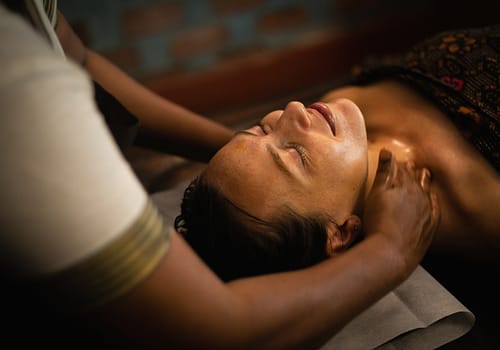
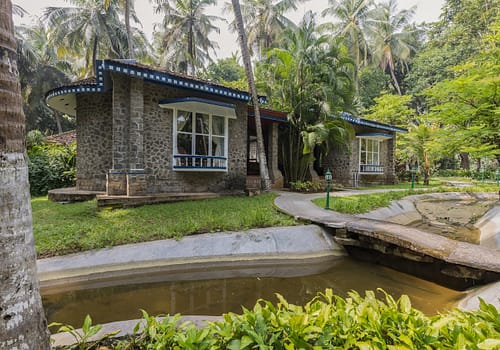
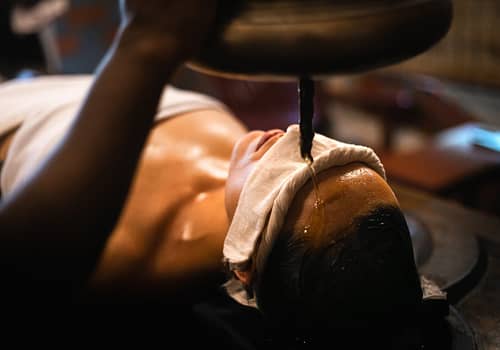
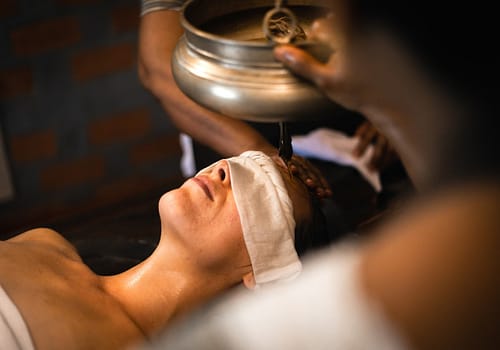
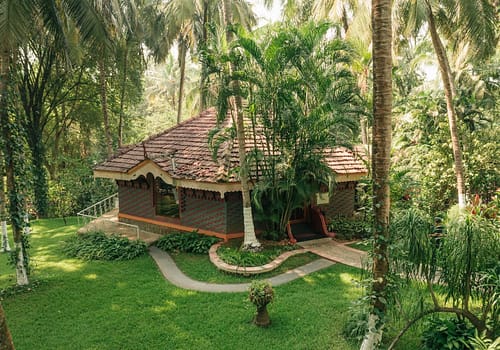
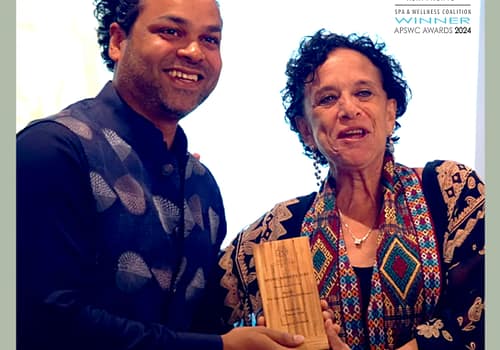





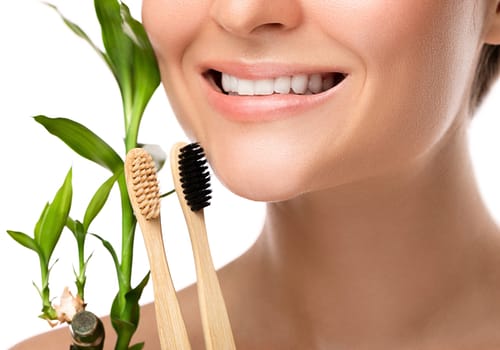

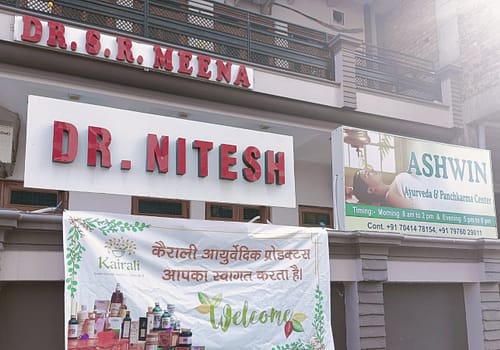
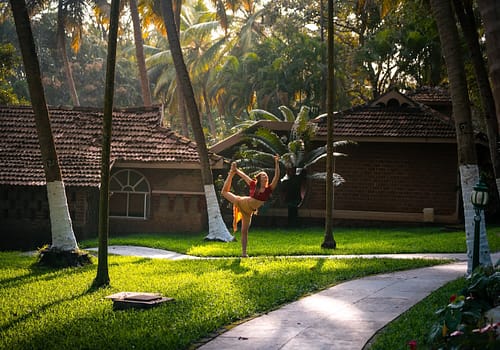














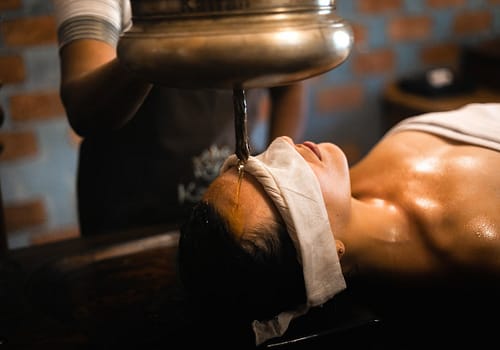

















Leave a Reply